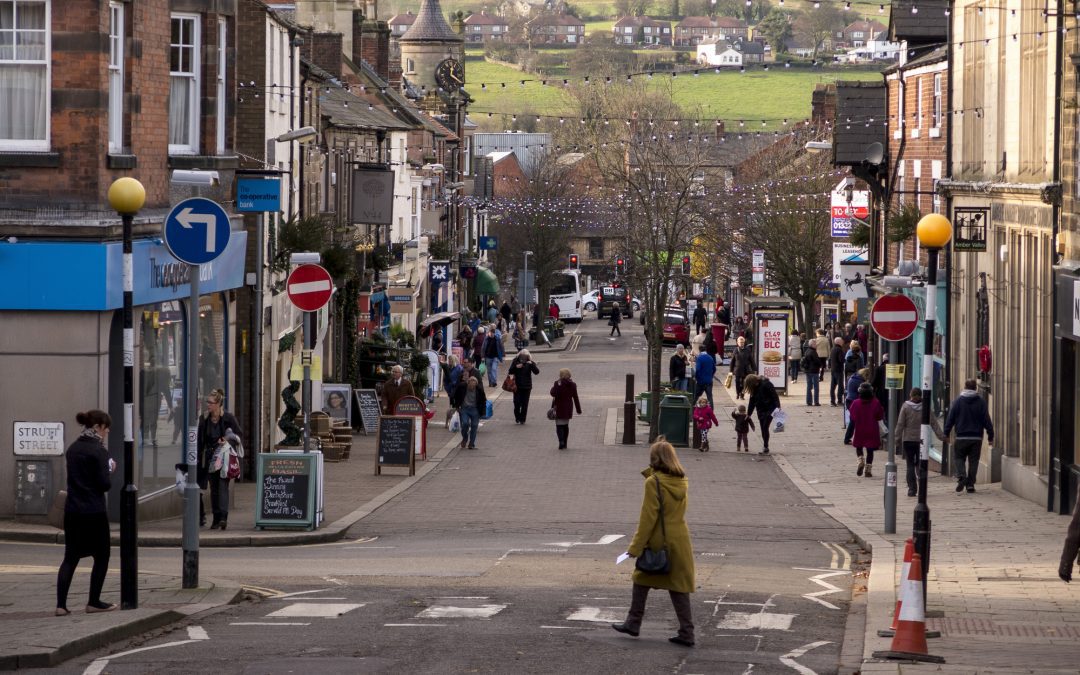One of the most celebrated things about Derbyshire is its vast cultural diversity. Now, new figures from the Derbyshire census have revealed the true extent of the county’s multiculturalism and how the ethnic population of Derby has changed over time.
Derby city centre – the most multicultural area
The most multicultural area in the county was shown to be Derby city centre, in which 19.6 per cent of residents were born overseas. This means around a fifth of people living in the city, which has a population of Derby of more than 260,000, were not born in the UK. This places Derby at 64th within the UK for the proportion of foreign-born residents.
These Derby demographics have been taken from the 2021 National Census and compared with figures from the previous census, held in 2011. Back then, 13.9 per cent of Derby residents were born outside the UK, compared to 19.6 per cent ten years later.
How multicultural is the rest of Derbyshire?
The second most multicultural area in the county was revealed to be South Derbyshire, where six per cent of residents were born outside the UK. Bolsover was third, with a rate of 5.7 per cent, followed by Erewash with 5.3 per cent and Chesterfield with 4.9 per cent.
In sixth place was High Peak, where 4.2 per cent of residents were born outside the UK, followed by the Derbyshire Dales with 3.8 per cent and Amber Valley with 3.7 per cent.
The least multicultural area of the county was shown to be North East Derbyshire, where 3.1 per cent of residents were born outside the UK. However, in all areas, the proportion of residents born overseas has increased since the 2011 National Census, showing steady population growth across the county.
Cultural diversity and community
Figures also show the breadth of countries from which county residents who were born overseas have hailed. A total of 77,137 residents in the county were born outside the UK. Almost half of these (49.4 per cent) came from EU nations, while 38.5 per cent were born in the Middle East and Asia.
Derby’s reputation as the multicultural centre of Derbyshire reflects its mix of communities, local festivals, and cultural hubs found across the city.
How does Derby compare to the rest of the UK?
Within the UK, Derby was the 64th most multicultural area, trailing behind some of the London boroughs, including Brent and Westminster. Nationally, the census showed that around one in six residents in England and Wales were not born in this country.
The population of Derby grew by 5.1 per cent between 2011 and 2021, from around 248,800 to 261,400. Derby has proved popular for people moving to the UK thanks to its central location, major employers, strong transport links, and proximity to the Peak District National Park.
A growing, welcoming city
Derby’s ethnic diversity continues to reflect a welcoming and vibrant community. The Derbyshire census shows that the county’s multicultural population is growing year by year, making Derby one of the most inclusive areas in the East Midlands.
References:
https://www.ons.gov.uk/census


